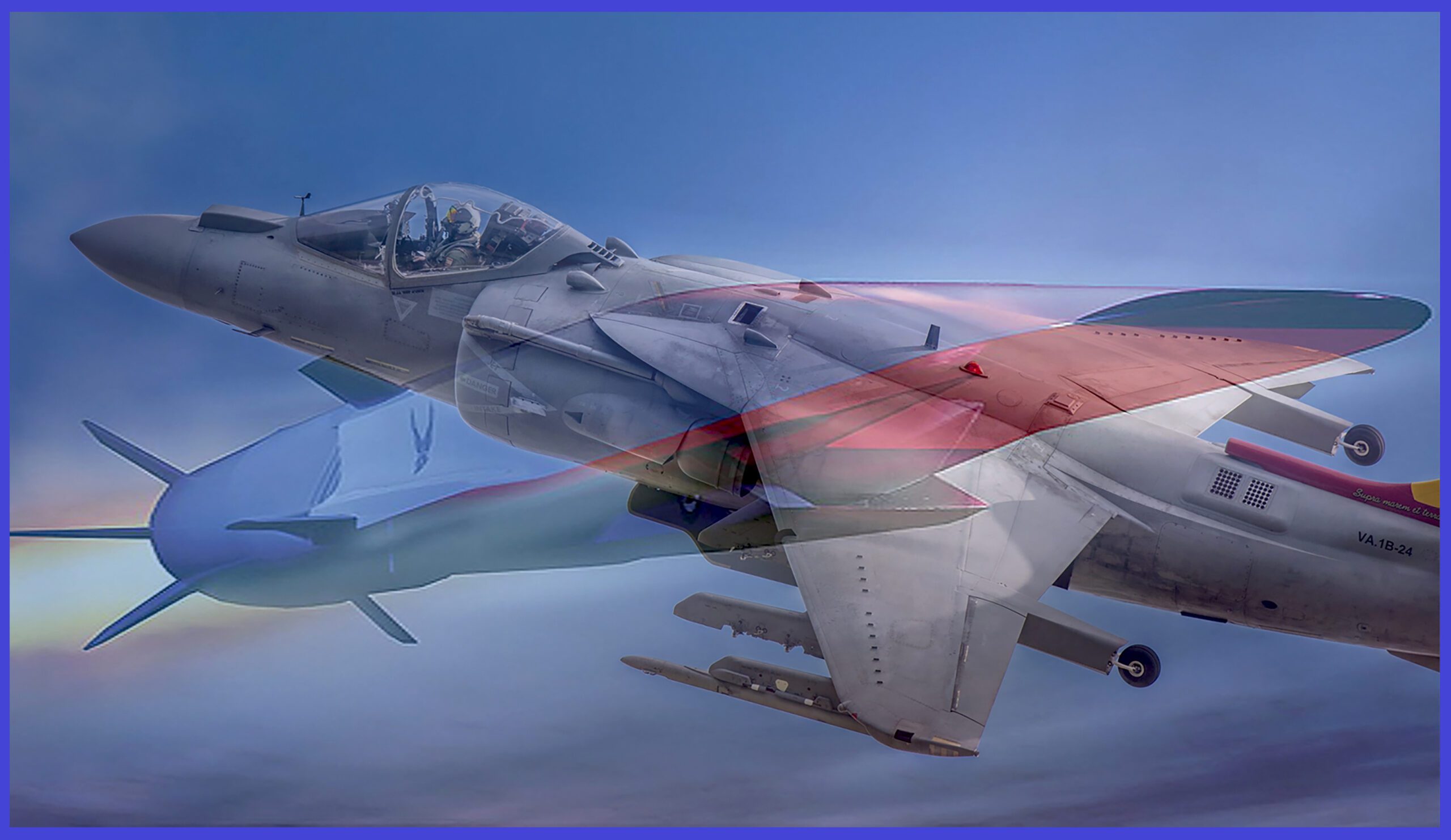The speed of sound refers to the velocity at which sound waves move through a medium, usually air. In dry air at 20°C (68°F), sound travels at around 343 meters per second (1235 kilometres per hour or 767 miles per hour).
Let’s Discover the Best of Speed from Subsonic to Hypersonic in military aircraft. However, it’s essential to note that speed can vary based on temperature, pressure, and humidity. In denser materials such as water or solids, sound moves faster due to their higher molecular density.

Understanding the speed of sound is vital in various fields, including acoustics, engineering, and meteorology. It shapes our understanding of communication, navigation, and wave behaviour in different environments.
Let’s discuss the range of speeds military aircraft can achieve, from slow to incredibly fast! When aircraft fly at speeds slower than the speed of sound, they are referred to as subsonic. You often see these planes taking off or landing at airports. Now, when planes exceed the speed of sound and break the sound barrier, they enter the realm of supersonic speeds, which are measured using Mach numbers.

The Mach number compares an object’s speed to the speed of sound in the surrounding medium. It indicates whether an object is travelling slower (subsonic), at the speed of sound (transonic), faster (supersonic), or much faster (hypersonic). It is crucial in the fields of aviation and aerodynamics.
All fighter jets are designed to go fast and make a loud boom. Understanding these different speeds helps engineers to create better planes for travelling and exploring. It’s like a big journey of military technology through the sky!

Below the Speed of Sound: A Closer Look at Subsonic Aircraft
In military contexts, subsonic aircraft refer to planes that operate at speeds below the threshold of supersonic velocities, typically cruising at Mach numbers lower than 0.8. These aircraft form a diverse fleet utilized in both combat and logistical roles, spanning from reconnaissance and transport to close air support missions.
Their design emphasizes stealth, endurance, and versatility, allowing for effective deployment in various operational environments.

Subsonic flight offers better stability and fuel efficiency, enabling sustained missions and facilitating precise aerial manoeuvres. These aircraft leverage conventional aerodynamic principles to ensure reliable lift and propulsion, contributing to their widespread utilization in military aviation worldwide.
Excluding high-speed fighter jets, all military aircraft, including transports, helicopters, and drones, as well as civil aircraft, such as airliners, helicopters, and future passenger drones, are designed to operate within subsonic speed configurations.

Velocity in Transition: Understanding the Power of Transonic Speed
Transonic speed refers to the range of velocities near the speed of sound, where airflow around an object becomes increasingly complex. The airflow around an object occurs at a speed that creates regions of both subsonic and supersonic airflow around the object.
As the aircraft approaches slightly above Mach 1 (from around 0.8 to 1.2), it encounters aerodynamic effects such as shock waves and flow separation. These phenomena pose challenges in aircraft design and operation, affecting stability and control.
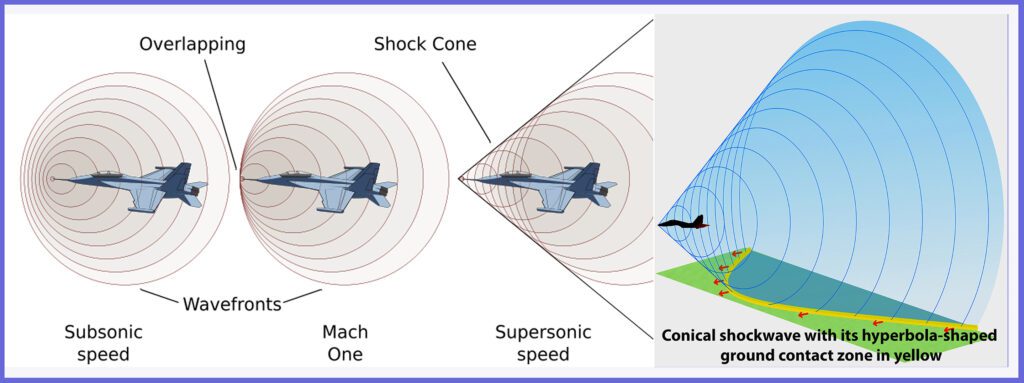
After the end of World War II, engineers began to pay special attention to designing high-speed fighter jets, and carefully managing airflow to prevent performance limitations and structural stresses.
Most modern jet-powered aircraft are designed to operate at transonic air speeds, which typically range from around Mach 0.8 to 1.2. At transonic speeds, there is a significant increase in drag, particularly evident from Mach 0.8 onwards.

This drag imposes higher fuel costs and often limits the aircraft’s maximum achievable speed. Engineers employ various strategies to mitigate this drag, with swept wings being one of the most notable solutions. Swept wings are a common feature on high-speed aircraft, effectively reducing wave drag and enhancing aerodynamic performance in the transonic regime.
Understanding transonic behaviour is critical in aerospace engineering, influencing the design of high-speed aircraft and optimizing performance. Mastery of transonic regimes enhances efficiency and safety, enabling smoother transitions between subsonic and supersonic flight for advanced aviation applications.

Breaking the Actual Sound Barrier: Exploring Supersonic Speed
Supersonic speed denotes velocities exceeding the speed of sound, approximately Mach 1 and above but below Mach 5, in a given medium. Objects travelling at supersonic speeds generate shockwaves, producing an extreme sonic boom.
For example, a fighter jet travelling at Mach 1 through dry air at a temperature of 20°C (68°F) at sea level, this speed is calculated to be approximately 343.2 m/s (1,126 ft/s; 768 mph; 1,236 km/h).
Characterized by shockwaves and intense aerodynamic effects, supersonic flight requires specialized engineering to manage high temperatures, pressure differentials, and structural stresses associated with extreme drag.
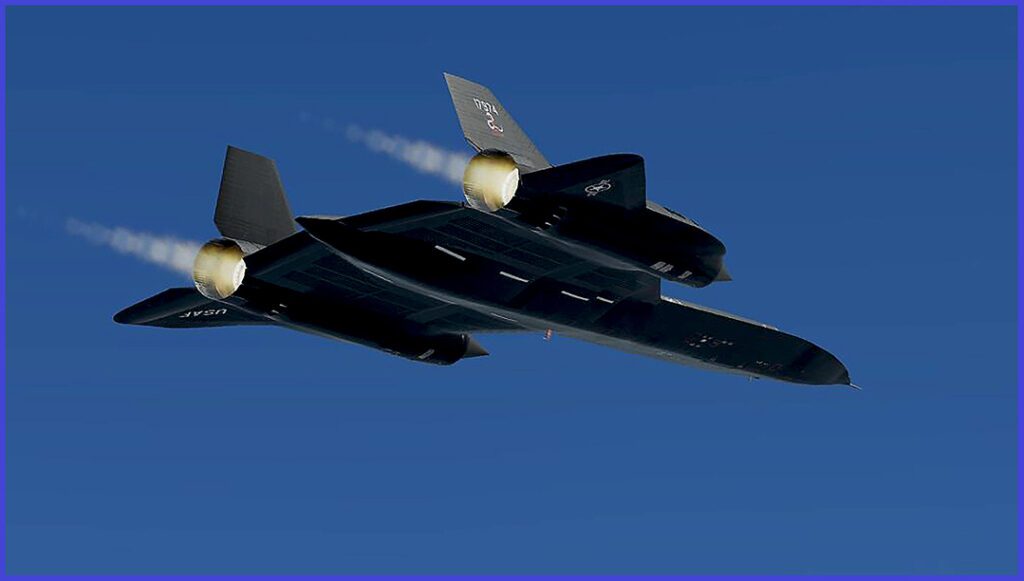
Supersonic flight revolutionized aviation, enabling faster travel times and military capabilities. However, achieving and sustaining supersonic velocities demands advanced engineering and design, such as streamlined shapes and efficient propulsion systems.
Despite its complexities, supersonic speed continues to drive innovation in aerospace, shaping the development of high-speed aircraft and exploration beyond Earth’s atmosphere.

Most contemporary fighter aircraft are engineered to achieve supersonic speeds, surpassing the speed of sound. However, they must also perform effectively at subsonic and supersonic velocities under varying flight conditions.
Certain advanced fighter jets possess the capability of “supercruise,” enabling them to sustain supersonic flight for prolonged durations without relying on afterburners.

Supercruise empowers fighters to uphold high speeds while conserving fuel and diminishing their infrared signature, augmenting their tactical advantage and operational flexibility in combat scenarios.
This dual proficiency in maintaining stable subsonic and supersonic flight, coupled with supercruise capability, underscores the versatility and effectiveness of modern fighter aircraft.
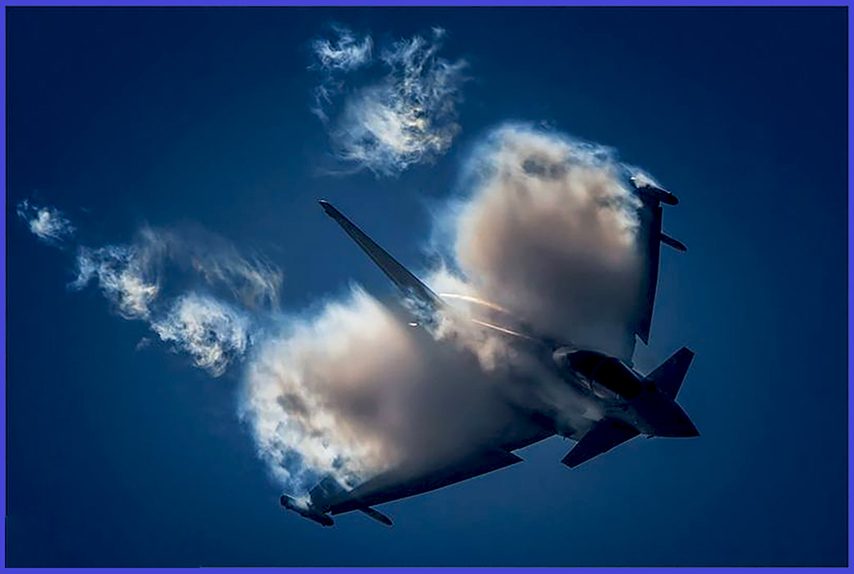
The Next Frontier: Unveiling the Mysteries of Hypersonic Velocity
Hypersonic speed describes velocities surpassing five times the speed of sound (Mach 5) or about 6,174 km/h (3,836 mph) within Earth’s atmosphere. When objects move at hypersonic speeds, the airflow around them becomes extremely turbulent, leading to the creation of intense aerodynamic heating and shockwaves.
Achieving hypersonic flight poses substantial engineering obstacles because of the extreme temperatures and pressures involved, necessitating the use of sophisticated materials and propulsion systems.
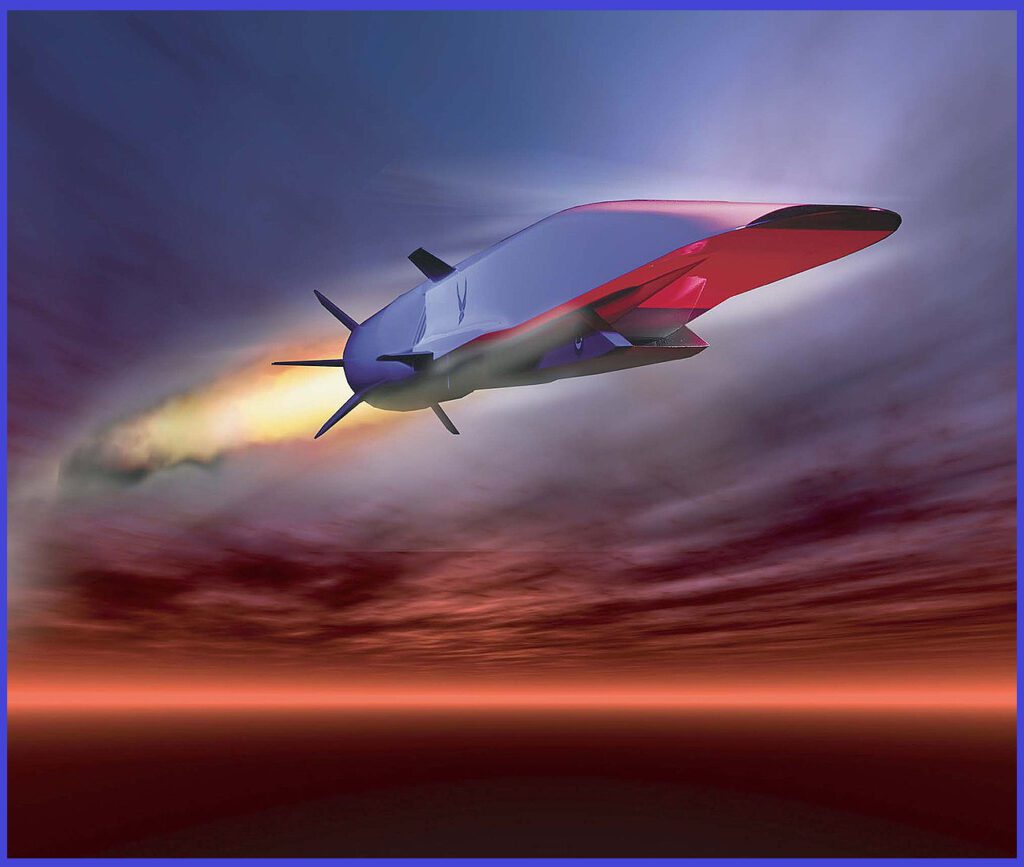
In simple terms, When an object moves at hypersonic velocities, the friction between the object and the surrounding air generates intense heat due to air compression and aerodynamic heating.
These temperatures can reach thousands of degrees Celsius, posing significant challenges for materials used to construct hypersonic vehicles. Ensuring that the materials can withstand such extreme temperatures without compromising structural integrity is crucial for the success and safety of hypersonic flight.
Research in hypersonic technology holds promise for revolutionizing aerospace capabilities, including rapid global travel and enhanced defence capabilities.

In Summary of Speed Regimes and Their Attributes
Subsonic: Subsonic speeds are those below the speed of sound, which is approximately 274 m/s (988 km/h or 614 mph) at sea level and 20°C (68°F). Subsonic aircraft typically operate at Mach numbers below 0.8, offering stable and efficient flight for various purposes.

Transonic: Transonic speeds represent the transition region around the speed of sound, typically ranging from about 0.8 to 1.2 Mach (614 to 921 mph or 988 to 1,482 km/h; 274 to 412 m/s). At transonic speeds, aircraft encounter a mixture of subsonic and supersonic airflow, leading to aerodynamic challenges such as shockwaves and increased drag.
Supersonic: Supersonic speeds refer to velocities faster than the speed of sound, exceeding Mach 1 but remaining below Mach 5 (in the range of 921 to 3,836 mph or 1,482 to 6,173 km/h; 412 to 1,715 m/s). Aircraft flying at supersonic speeds generate shockwaves and sonic booms. Supersonic flight is mainly utilized in military jets, high-speed research aircraft, and some commercial projects.

Hypersonic: Hypersonic speeds surpass Mach 5, starting from approximately 3,836 to 7,673 mph (6,173 to 12,348 km/h; 1,715 to 3,430 m/s). This speed regime has been considered to range between Mach 5 to Mach 10 by researchers. At hypersonic velocities, airflow becomes highly turbulent, leading to extreme temperatures and pressures.
As of now, no military or research aircraft has been publicly announced; only certain weapon systems have been developed so far. However, research and development for hypersonic projects remain ongoing tasks.

“High-hypersonic” is a term used to describe velocities significantly exceeding Mach 10, typically ranging from Mach 10 to Mach 25. High-hypersonic flight poses immense engineering challenges, particularly in developing materials capable of withstanding extreme temperatures and pressures. Currently, re-entry speeds of Intercontinental Ballistic Missiles (ICBMs) have been measured to this extent before their impacts.

At the Edge of Atmospheric Limits: Re-entry Speeds ≥ Mach 25
Re-entry speeds ≥25: It typically refers to spacecraft or objects returning to Earth’s atmosphere at velocities exceeding 25 times the speed of sound, or Mach 25. This translates to approximately 8,600 m/s (31,000 km/h or 19,000 mph). During re-entry, the spacecraft or object encounters intense atmospheric heating due to compression and friction, necessitating specialized heat shields to protect against extreme temperatures.
Re-entry speeds of this magnitude are commonly associated with spacecraft returning from orbit, such as crewed space capsules or unmanned re-entry vehicles. Managing the high-energy re-entry process is critical for ensuring the safety and integrity of both the spacecraft and any crew or payload onboard.

